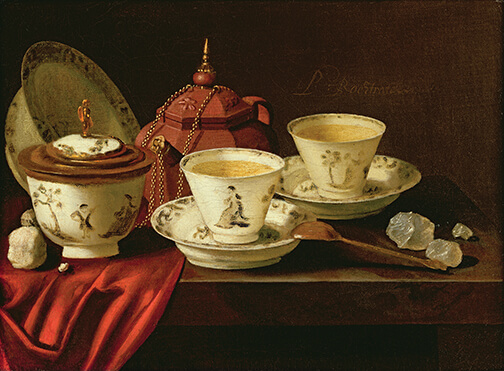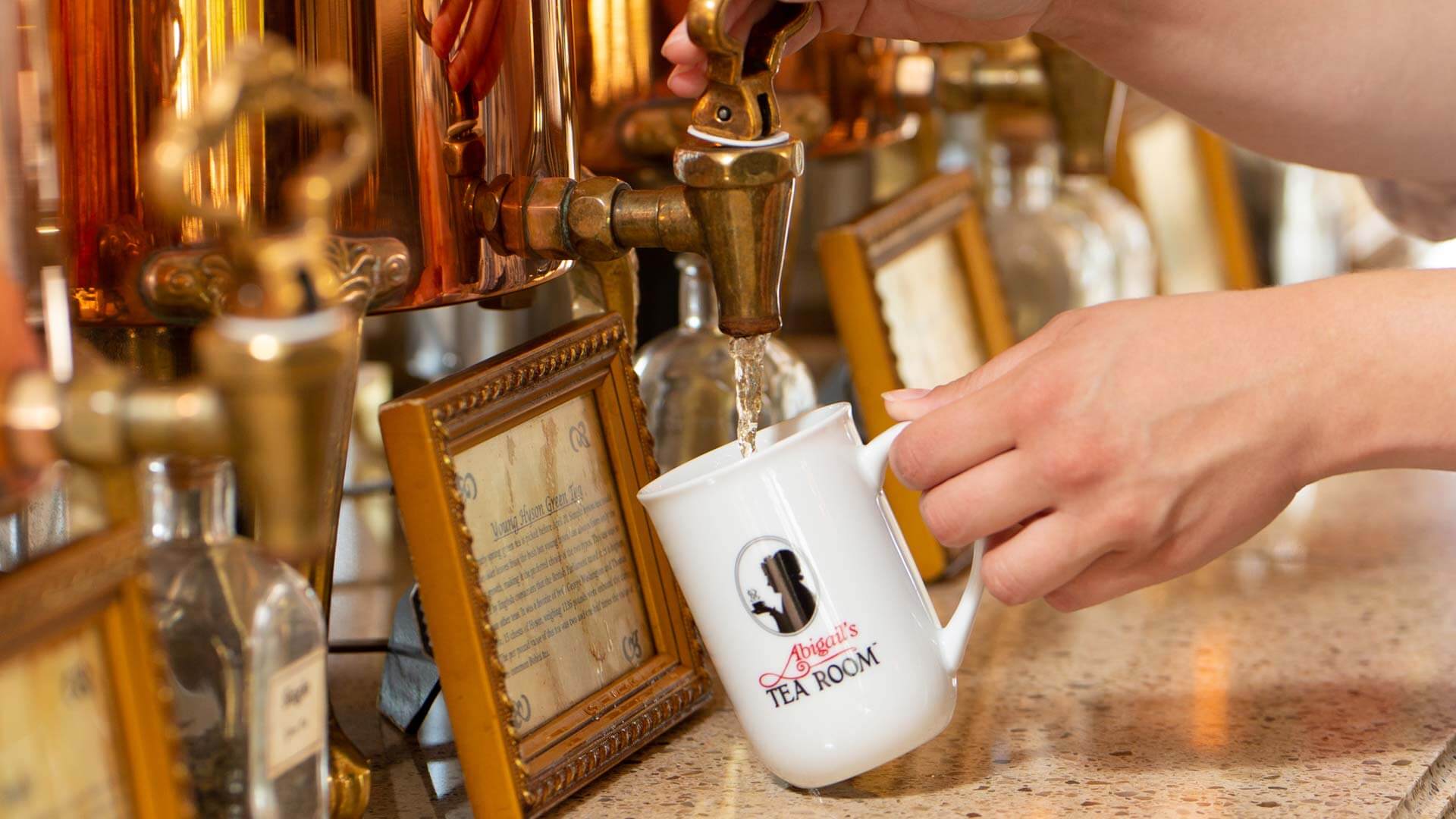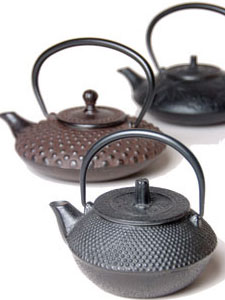Proper Scone Etiquette
When eating an English scone, what goes on first? The clotted cream or the jam?
This is one of life’s most pressing questions for students of tea traveling for the first time through the tearoom-filled villages of Southwest England and The Cotswolds, or taking tea at a stylish London hotel like Claridge’s or Browns.
You certainly don’t want to appear to be a tourist!
That beautiful baked “biscuit” found across Britain is hard to find here in America where pastry chefs often opt for short or triangle scones. A traditional scone rises tall and splits in the middle – perfect for easy opening at the tea table.
British pastry chefs bake their scones early each morning so that they will be at room temperature by teatime. No leftover or reheated frozen scones allowed here. New scones are made daily.
Scone Etiquette
I encourage diners to split the scone into two pieces. A well-made scone can be pulled apart with the fingers. Dense scones will need to be sliced with a knife.
Larger saucer-sized scones found in the Southwest counties of England might need to be broken again into quarters – just so you won’t look too hungry at teatime.
Your scone accompaniments most likely will be clotted cream and strawberry preserves. Clotted cream is the Crème de la Crème of the dairy world. It is 56% butterfat and as rich as butter – and sometimes just as yellow. (The term clotted is used to describe what this gooey dessert does to your arteries upon entry.)
This decadent concoction is sometimes called Devonshire Cream or Cornish Cream.
Warning! Never call it Devonshire Cream while dining in County Cornwall, or Cornish Cream when dining in County Devon. There is a great deal of pride found in the dairy products unique to each county. If in doubt as to where you are, simply call it clotted cream.




